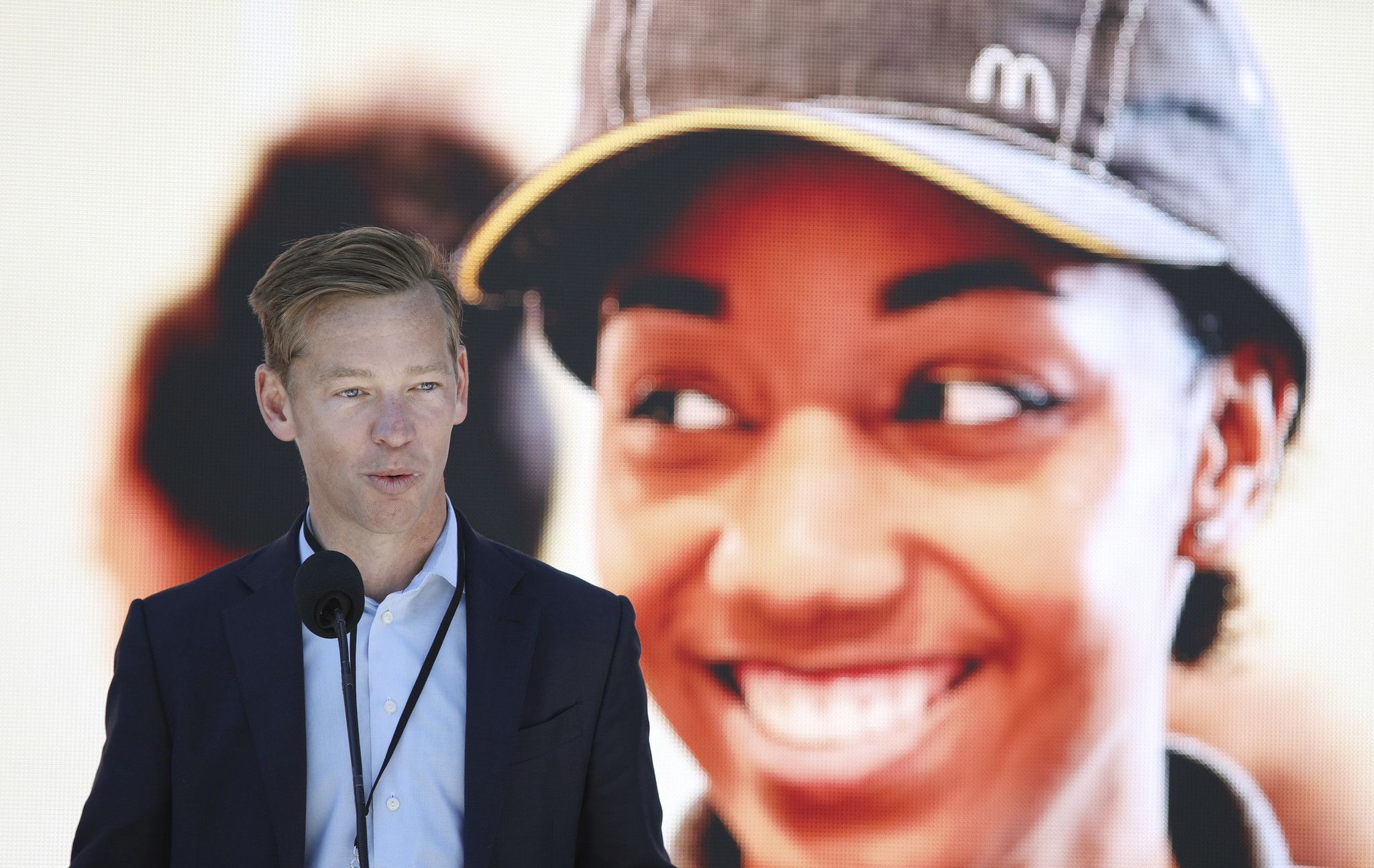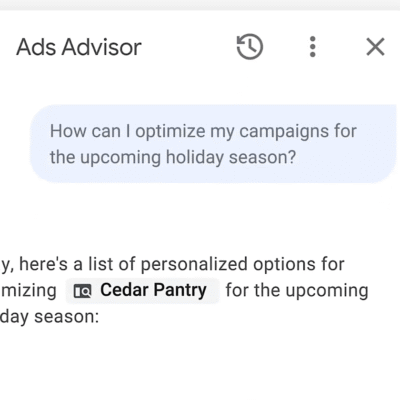
It would be weird if the CEO of a restaurant giant didn’t eat the food his own company serves. But that’s definitely not an issue for the head of McDonald’s.
In a recent post on Instagram, CEO Chris Kempczinski said he’s been asked how often he eats at the iconic fast-food chain.
“I would tell you it’s a lot, probably three or four times a week,” he said. “Sometimes it might be a breakfast. Sometimes it might be a lunch. But hey, one of the perks of the job—you get to eat at McDonald’s a lot.”
Since it seems to come with the territory, other CEOs have also shared some of their eating habits at the restaurants they run.
Before becoming CEO of Starbucks, Brian Niccol said his go-to order at Chipotle was a chicken burrito bowl with white rice, fajita veggies, pico de gallo, and “a little” cheese. That’s in addition to an accompanying barbacoa quesadilla and, of course, chips and guac.
“It’s probably a little too much food for my age,” Niccol told Fortune last year. “But, you know, it’s hard to resist.”
And Red Lobster CEO Damola Adamolekun also shared his favorite menu item at the seafood chain. It used to be snow crab, but it changed to a different take on the dish.
“I tried the Bairdi crab recently, which is a variation on the snow crab, and that is my new favorite,” he told the Wall Street Journal last year.
Bairdi crab legs are wild-caught and sourced “directly from the icy cold waters of the Bering Sea,” according to Red Lobster, and offer a meatier and sweeter taste than snow crab legs.
Meanwhile, Kempczinski is navigating a tricky restaurant landscape as inflation remains sticky while customers continue to look to McDonald’s for affordable food.
Earlier this year, the company slashed prices on its combo meals after customer complained that they had gotten too expensive.
Kempczinski acknowledged the issue, saying on an earnings that “you’re seeing combo meals priced over $10, and that absolutely is negatively shaping value perceptions.”
Consumers are also increasingly bifurcated. Lower-income diners are cutting back, treating fast food less as a daily convenience and more as an occasional splurge, he told CNBC last month.
“Particularly with middle- and lower-income consumers, they’re feeling under a lot of pressure right now,” he added. ”There’s a lot of commentary around, ‘What’s the state of the economy, how’s it doing right now?’ And what we see is, it’s really kind of a two-tier economy. If you’re upper-income, earning over $100,000, things are good … What we see with middle- and lower-income consumers, it’s actually a different story.”





